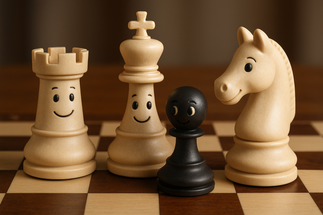Posted by Chess World on 27th Jul 2025
How to Play Chess: A Beginner’s Guide
Chess is for Everyone!
Chess takes 2 minutes to learn and a lifetime to master.
The beauty of chess is in its simplicity. Unlike many modern board games with thick rule-books you have to memorise (and re-learn every time you play), chess starts with just 6 different pieces, with moves anyone can grasp.
There’s no luck, no hidden twists – just pure strategy. The rules are simple, but the possibilities are endless. It’s not about chance – it’s about sharpening your mind, training it like a muscle, and enjoying the challenge each move brings.
Some people think you have to be a genius to play chess – but that is a misconception. Chess is for everyone.
Whether you’re learning for fun, teaching a child, or just curious what all the fuss is about, this simple guide will help you get started. Fun fact - the strongest player in the world, Magnus Carlsen, recently said, “I think you can be dumb and be fairly good at chess.” :)
Learn to play in 2 minutes!
We’ve put together a quick, popular video that teaches you how to play chess in just 2 minutes – that’s really all you need to get started!
But if you prefer to take things slow, dive into the details, or simply enjoy reading – keep going. This article has everything you need to learn the game step by step.
The Goal of Chess
The goal is to Checkmate your opponent’s King – which means the King is under attack and can’t escape.
You’ll win the game by putting the other King in a position where no move can save him!
The Chess Setup
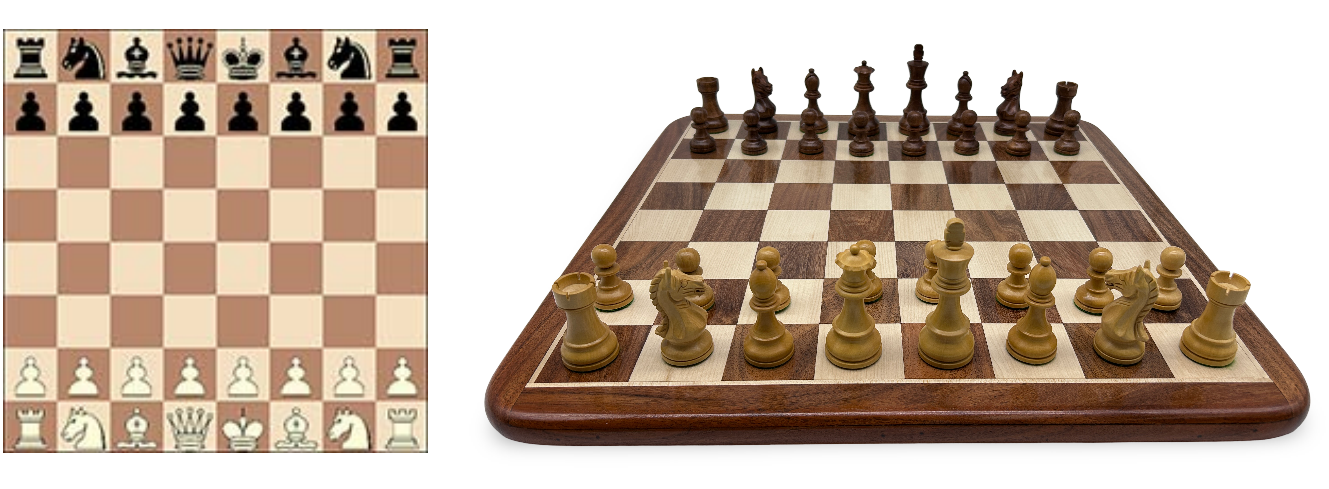
The initial chess board setup
The Chess Board
A chessboard has 64 squares (8x8), alternating in light and dark colours - typically white and black.
The correct chess board setup: Place the board so that a light square is in the bottom-right corner (= white on right!).
Each player starts with 16 pieces, lined up on the first two rows.
The Chess Pieces
Here’s a quick overview of the chess pieces names and how they move. They all have a role to play.
Each player has:
- 2 Rooks – move any number of squares in straight lines (like a cross)
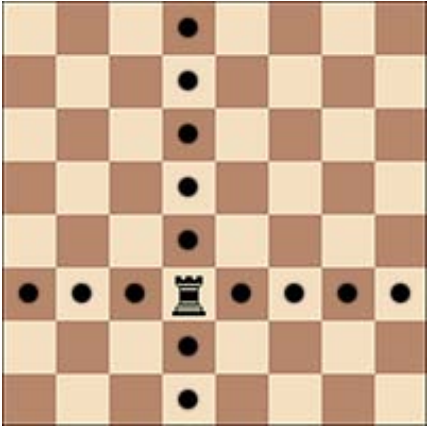
-
2 Bishops – move diagonally - 1 on white squares, 1 on black squares
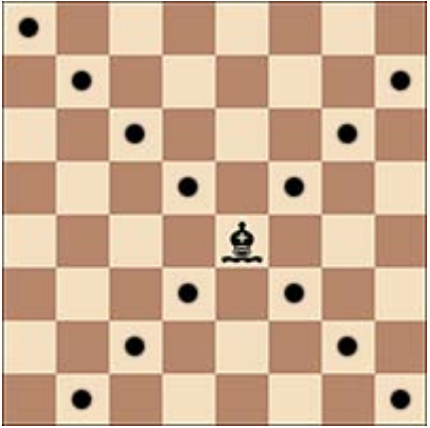
-
1 Queen – moves any number of squares in any direction - diagonally or in straight lines
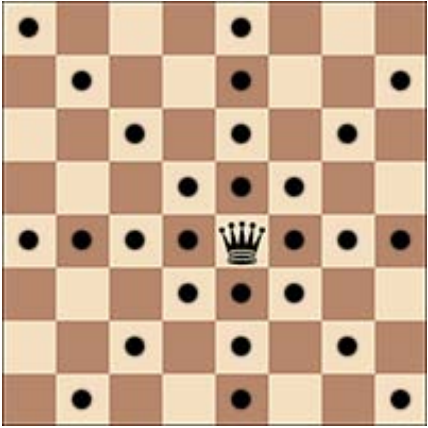
- 1 King – moves 1 step in any direction
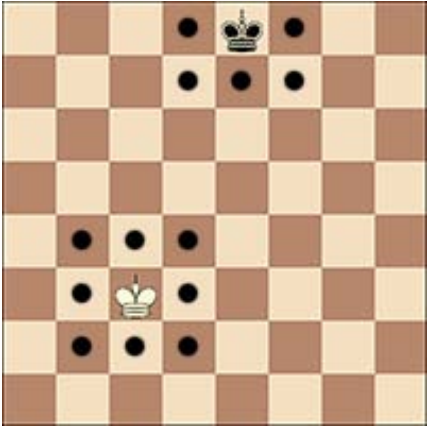
-
2 Knights – move in an L-shape: two squares in one direction and then one square sideways - the only piece that can jump over other pieces
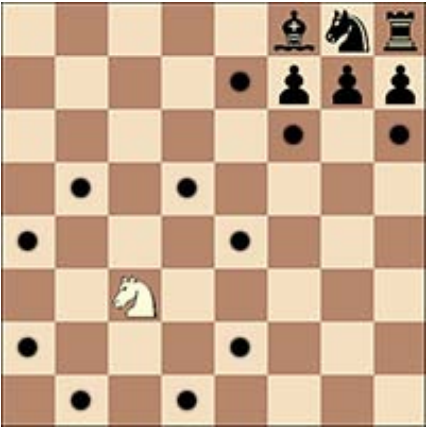
-
8 Pawns – move forward (only!) one square (or two from their starting position), but capture diagonally
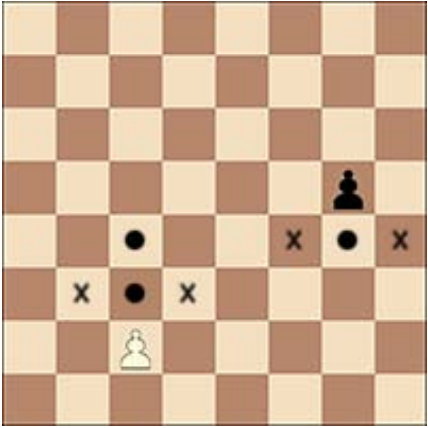
Each piece moves differently – and that’s where the strategy begins!
Special Rules
There are 3 more tricky moves to learn - check this video to get a headstart:
-
Castling: A one-time move to protect your King and activate your Rook, you can do it only if:
-
Neither piece has moved
-
There are no pieces in-between
-
The King is not under attack ("in check")
-
The King doesn’t pass through or land on a square under attack
-
-
Promotion: When your Pawn reaches the other side of the board, it can be promoted to any piece (usually a Queen)
- En Passant: A special way for a Pawn to capture another Pawn "in passing" under specific conditions
The Gameplay

2 players playing a game of chess
How the Game Starts
White always moves first.
Players then take turns, one move at a time.
You can’t skip a turn, and you can’t move into a square already occupied by one of your own pieces.
If you move into a square occupied by an opponent’s piece, that’s called a capture – you remove their piece from the board and replace it with yours.
How the Game Ends
A game can end in several ways:
-
Checkmate: One player traps the opponent’s King = Game over
-
Stalemate: The player to move has no legal moves, and their King is NOT in check (it’s a draw)
-
Draw: Sometimes both players agree to a draw, or there’s not enough material left to checkmate
Chess Tips for Beginners
-
Learn how each piece moves before worrying about strategy
-
Try not to give away your pieces for free – always look at what your opponent can do next
-
Control the centre of the board – it gives you more options
-
Play lots of games – experience is the best teacher
Chess 101: Bonus
-
Chess Clocks are often used in tournaments (and casual games) to give each player a set amount of time to make all their moves.
-
Chess notation is a way to write down your moves so you can replay or study games later – most books and online tutorials use it.
-
Touch-move rule applies in formal settings: if you touch a piece, you must move it (if legal).
-
Chess puzzles help you practice tactics by solving game-like scenarios.
-
Chess online is huge – you can play people from around the world anytime, with or without a clock.
- Time control - There are different time formats – like blitz (very fast), rapid, or classical (longer games).

If you're a bookworm and want to explore everything in excruciating detail – and read long-winded, boring definitions – here's the link to the official chess rules by the International Chess Federation.
Good moves only
Simple, isn't it?
Whether you're just getting started or coming back after a break, we hope this guide gave you the confidence to make your first move.
Here’s to many great games, clever tactics, and brilliant moves ahead.
Looking for your first chess set? Start here: Chess World Bestsellers
Chess sets come in many shapes and forms

